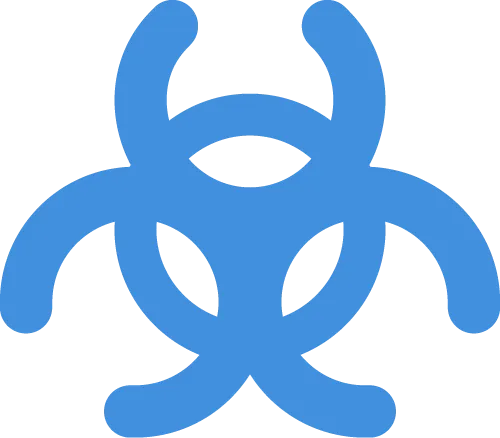
Revolutionary Advances in Brain-Computer Interfaces Unveiled at Neuroscience 2024 Conference
2024-10-07
Author: Michael
In a remarkable breakthrough for brain-computer interface (BCI) technology, researchers presented compelling findings at the Society for Neuroscience Annual Meeting in Chicago, demonstrating potential game-changing applications for treating neurological impairments. Conducted in partnership with Precision Neuroscience Corporation, a frontrunner in BCI development, the pilot study revealed unprecedented insights into the brain's motor control mechanisms.
Dr. Iahn Cajigas, a neurosurgeon and assistant professor at Penn Medicine, led the study, which focused on a cutting-edge device known as the Layer 7 Cortical Interface. This minimally invasive technology features a high-density array with 1,024 electrodes, enabling scientists to capture intricate neural patterns linked to movement with remarkable clarity.
The study's central theme, entitled “Unraveling beta dynamics with a high-density cortical surface array,” provided a thorough examination of beta oscillations—rhythmic neural patterns in the motor cortex that govern voluntary movement. Unlike previous approaches, this innovative technology permitted real-time observation of these oscillations as the participant engaged in simple hand gestures, offering vital data that could transform the landscape of neurological therapies and rehabilitation.
Dr. Cajigas expressed optimism about the implications of this research: "This could lay the groundwork for revolutionary treatments that harness BCI technology, enhancing lives for those paralyzed or suffering from motor impairments."
During the research, the Layer 7 array was placed on a patient receiving Deep Brain Stimulation for essential tremor. As the patient performed several hand gestures, the system simultaneously recorded the corresponding neural activity, resulting in a clearer understanding of how the brain encodes and executes movement. Notably, while in a resting state, the beta waves exhibited a spiraling pattern; however, they diminished during active movement, displaying a complex re-emergence once movement ceased. This newfound understanding of beta dynamics could enable more accurate motor control for BCI applications.
Dr. Ben Rapoport, Co-founder and Chief Science Officer of Precision, emphasized the broader vision of this technology: "Our goal is to empower individuals with severe neurological conditions, offering them a newfound ability to interact with their surroundings. By decoding neural activity, we aim to unlock unprecedented functions, such as controlling robotic limbs with mere thoughts."
Precision Neuroscience, committed to advancing treatments for neurological disorders, continues to gain momentum in the field of neural interfaces. Their endeavors have garnered support from leading institutions, including Penn Medicine and the Rockefeller Neuroscience Institute at West Virginia University. The company's dedication to innovation hints at future collaborations with additional prestigious research entities, which could further accelerate progress in this domain.
As the neuroscience community continues to unravel the complexities of brain function, the potential for BCIs to bridge the gap between human intent and machine action has never looked more promising. For a future where those with neurological deficits can regain autonomy through technology, the work presented at the Neuroscience 2024 conference serves as a beacon of hope.
Stay updated on the latest breakthroughs in BCI technology and related research by following developments from leading experts in the field.









 Brasil (PT)
Brasil (PT)
 Canada (EN)
Canada (EN)
 Chile (ES)
Chile (ES)
 España (ES)
España (ES)
 France (FR)
France (FR)
 Hong Kong (EN)
Hong Kong (EN)
 Italia (IT)
Italia (IT)
 日本 (JA)
日本 (JA)
 Magyarország (HU)
Magyarország (HU)
 Norge (NO)
Norge (NO)
 Polska (PL)
Polska (PL)
 Schweiz (DE)
Schweiz (DE)
 Singapore (EN)
Singapore (EN)
 Sverige (SV)
Sverige (SV)
 Suomi (FI)
Suomi (FI)
 Türkiye (TR)
Türkiye (TR)